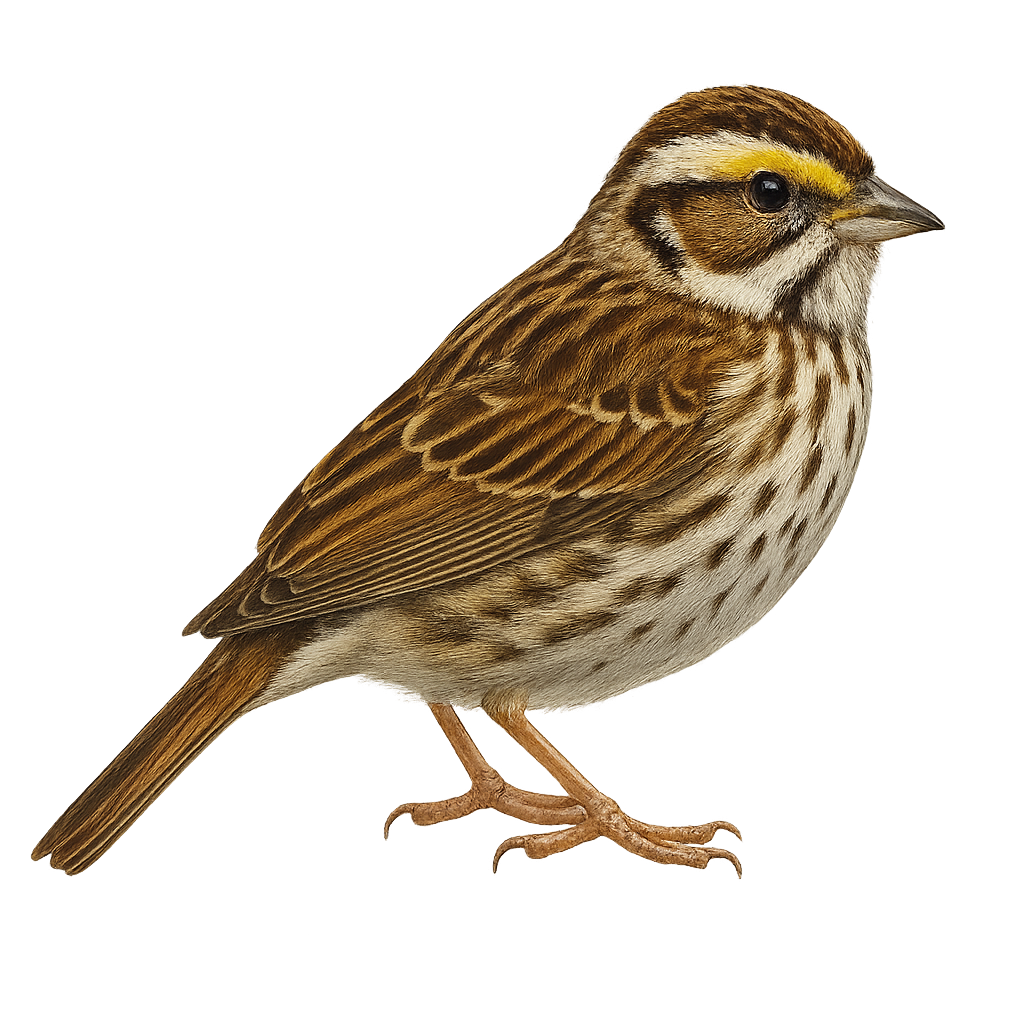Your wildlife photography guide.
Explore the yellow-browed bunting in detail, study its behavior, prepare your shots.
Where to observe and photograph the yellow-browed bunting in the wild
Learn where and when to spot the yellow-browed bunting in the wild, how to identify the species based on distinctive features, and what natural environments it inhabits. The WildlifePhotographer app offers tailored photography tips that reflect the yellow-browed bunting’s behavior, helping you capture better wildlife images. Explore the full species profile for key information including description, habitat, active periods, and approach techniques.
Yellow-browed Bunting
Scientific name: Emberiza chrysophrys

IUCN Status: Least Concern
Family: EMBERIZIDAE
Group: Birds
Sensitivity to human approach: Suspicious
Minimum approach distance: 10 m
Courtship display: May to June
Incubation: 11-13 jours
Hatchings: May to July
Habitat:
coniferous forests, shrublands, grasslands
Activity period :
Primarily active during the day, with peak activity in the morning and late afternoon.
Identification and description:
The Yellow-browed Bunting, Emberiza chrysophrys, is a small passerine bird belonging to the Emberizidae family. It is easily recognized by its bright yellow eyebrows contrasting with its brown, streaked plumage. This bunting inhabits coniferous forests and shrublands in Asia, particularly in Siberia and China. As a migratory bird, it winters in Southeast Asia. Its song is a melodious trill, often heard during the breeding season. Though discreet, it can sometimes be seen in small flocks. Its population is stable, but it is vulnerable to habitat loss due to deforestation.
Recommended lens:
400 mm – adjust based on distance, desired framing (portrait or habitat), and approach conditions.
Photography tips:
To photograph the Yellow-browed Bunting, focus on coniferous forests and shrublands where it is most commonly found. Use a 400mm lens or longer to capture detailed images without disturbing it. Be patient and discreet, as this bird is suspicious. Early morning hours are ideal for soft lighting and increased bird activity. A tripod can be helpful to stabilize your camera and achieve sharp shots.
The WildlifePhotographer App is coming soon!
Be the first to explore the best nature spots, track rutting seasons, log your observations, and observe more wildlife.
Already 1 449 wildlife lovers subscribed worldwide

